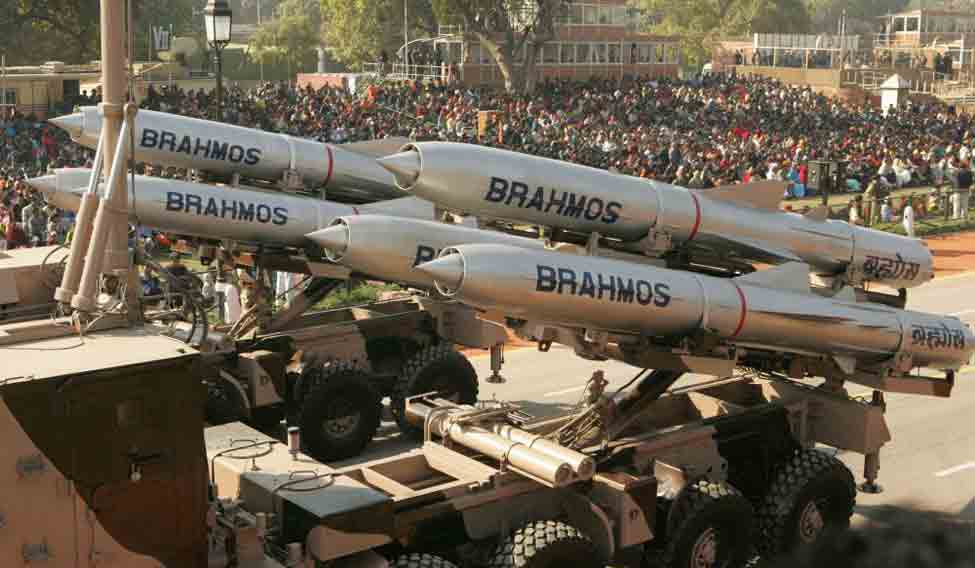India on Monday became the 35th member of the Missile Technology Control Regime (MTCR)— an association of countries that controls the proliferation of missiles and unmmanned delivery of weapons of mass destruction.
What is MTCR?
According to www.mtcr.info, the group, one of the four multilateral export control regimes, was formed in 1987 by Canada, France, Germany, Italy, Japan, the UK and the US. Over the years, the number of its members grew to 35 countries, mostly major missile manufacturers in the world. Its members voluntarily commit to restricting exports of rockets and unmanned aerial vehicles, and their related technologies, capable of delivering a 500-kg payload and deliver any weapon of mass destruction to 300 km.
Its activities are consistent with the UN's non-proliferation and export control measures.
How does MTCR function?
Like Nuclear Suppliers' Group (NSG), MTCR also admits any new member only if all existing members arrive at a consensus. Every member carries a veto. A new member country must have national missile technology policy adherent to MTCR guidelines.
After becoming the MTCR member, India can now buy unmanned vehicles from the US. On its wish list are Reaper and Global Hawk drones that have been America's key weapons in war against terror in Afghanistan and Pakistan.
MTCR members can also get access to technologies and components, but not without a caution.
The regime's list of controlled items needed for missile development, production, and operation is called the MTCR Annex, controlled by its members. This is divided into Category I and Category II items.
The exports of Category I items—including complete rocket and unmanned aerial vehicle systems like ballistic missiles, space launch vehicles, cruise missiles, target and reconnaissance drones capable of carrying 500-kg payload to least 300 km—are subject to an "unconditional strong presumption of denial" regardless of the purpose of the export and are licensed for export only on rare occasions.
The export of Category II items—including other less-sensitive and complete missile systems capable of a range of at least 300 km, regardless of payload—is subject to licensing requirements as per the regime's guidelines.





